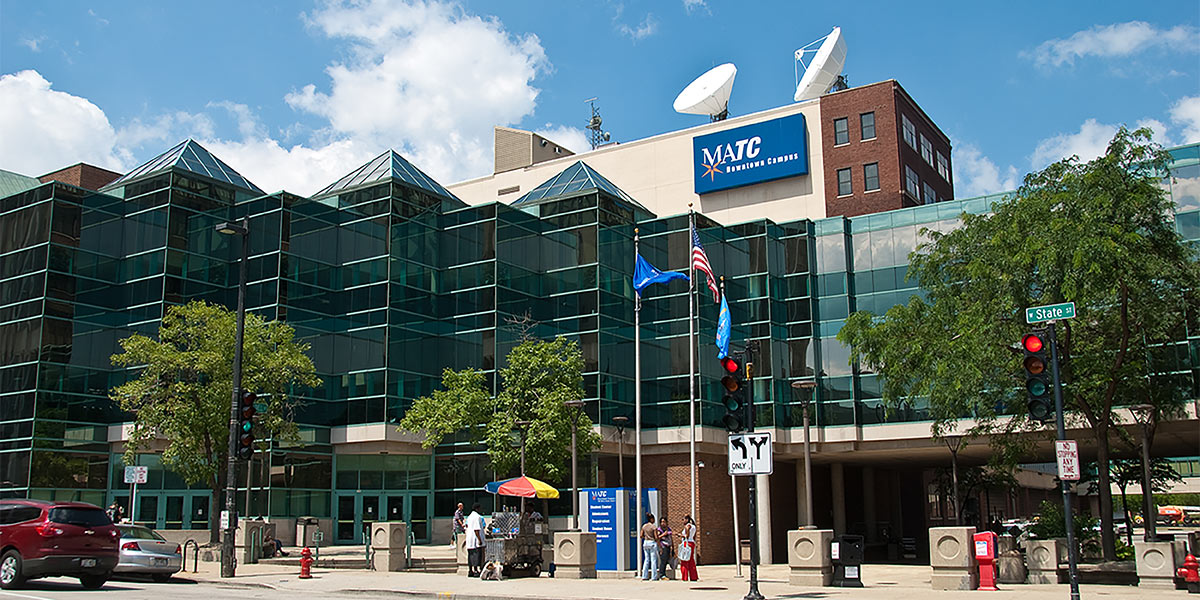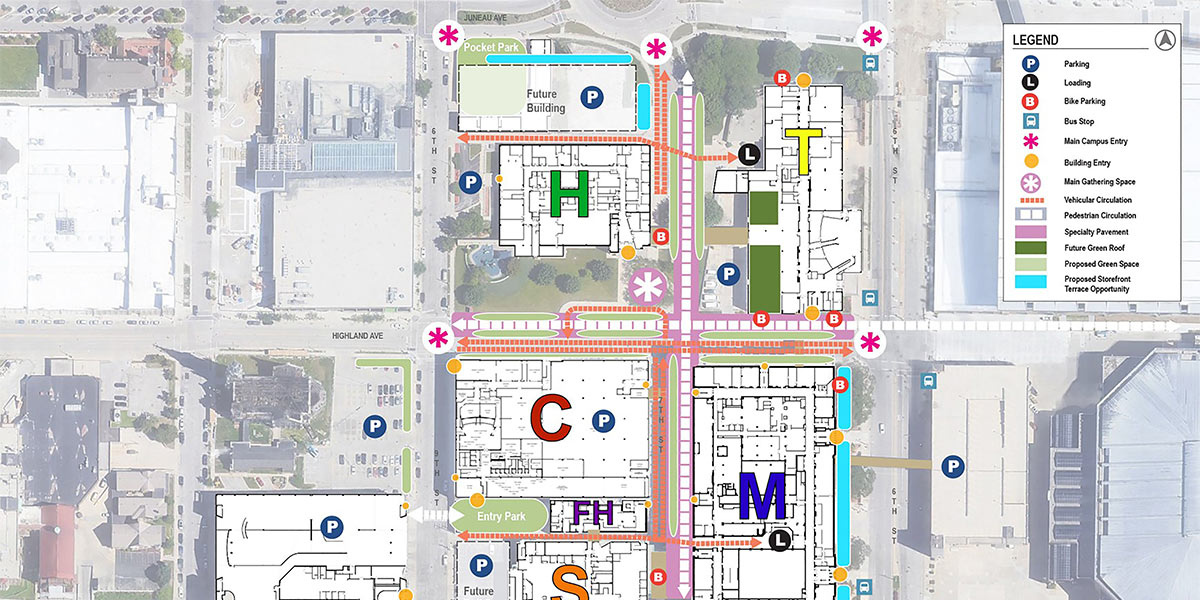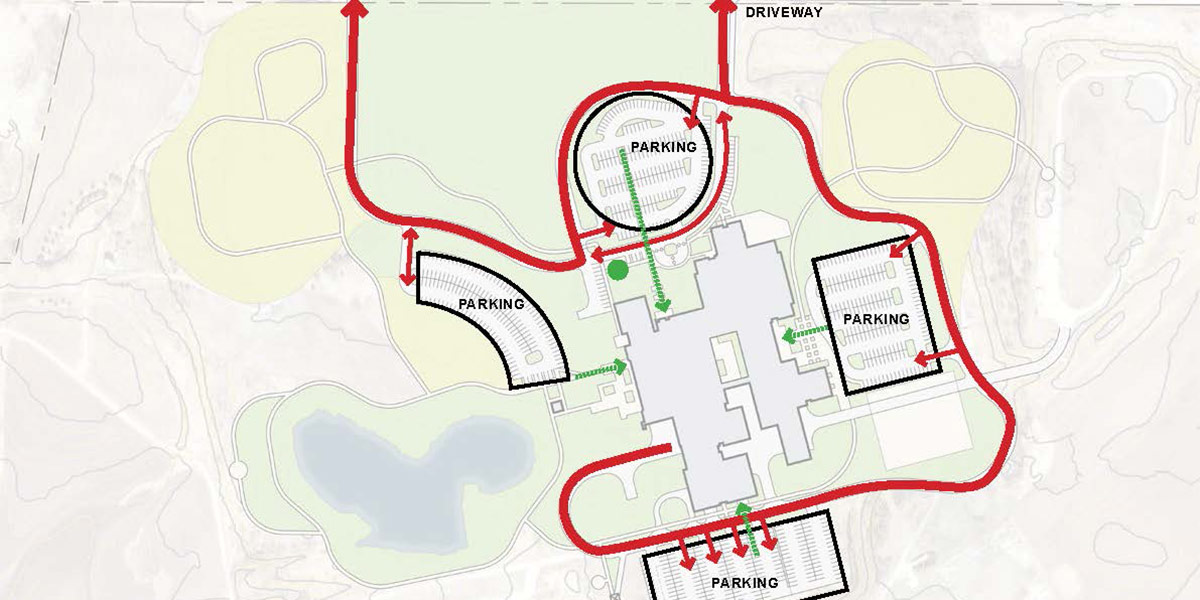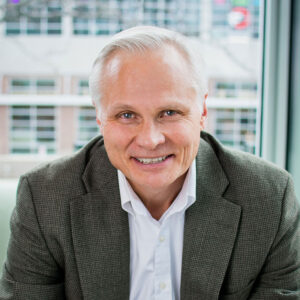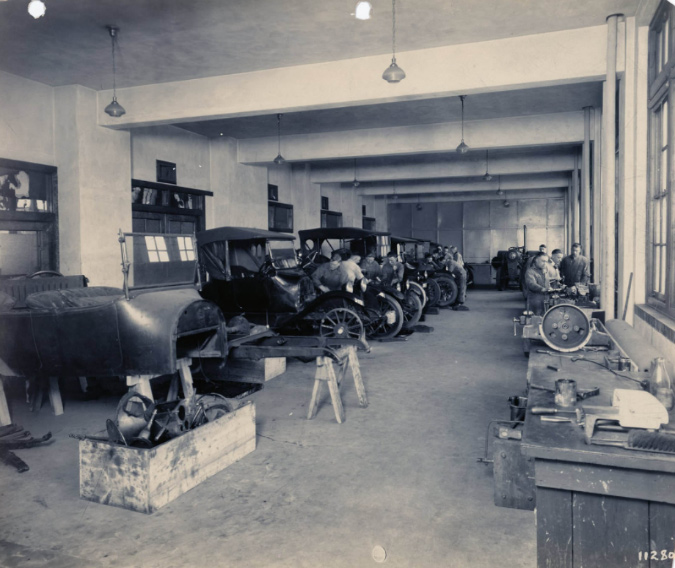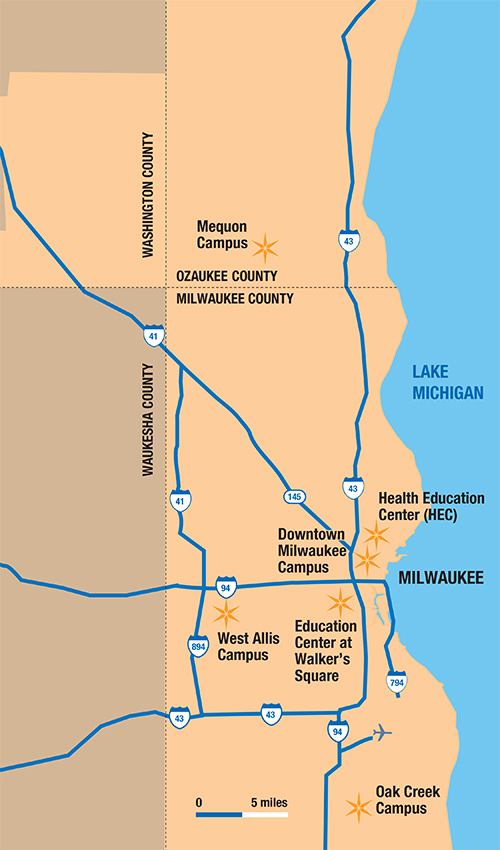Strang, in partnership with the Milwaukee Area Technical College (MATC), is in the process of designing 10-year facilities master plan for the four MATC campuses. Located in downtown Milwaukee, Mequon, Oak Creek, and West Allis, these four campuses total 19 buildings and over 3 million SF of space.
Objective:
Paving the Way
Since its establishment in 1912, this will be the very first facilities master plan in the history of MATC. Therefore, establishing strategic objectives was an essential element in Strang’s design for the future of the college.
MATC sought to align this campus plan with the mission and values of the college—to reflect its history as well as pave the way for its future. MATC prepares the students of today for the careers of tomorrow and leads the way in providing affordable and accessible higher education. Of all the technical colleges in the state, MATC serves the most diverse student population. It was essential that the master plan reflect and celebrate this diversity. Therefore, another key objective in the design of this master plan was to demonstrate this mission and improve public awareness, as well as strengthen MATC’s ties with the community.
SOLUTION:

